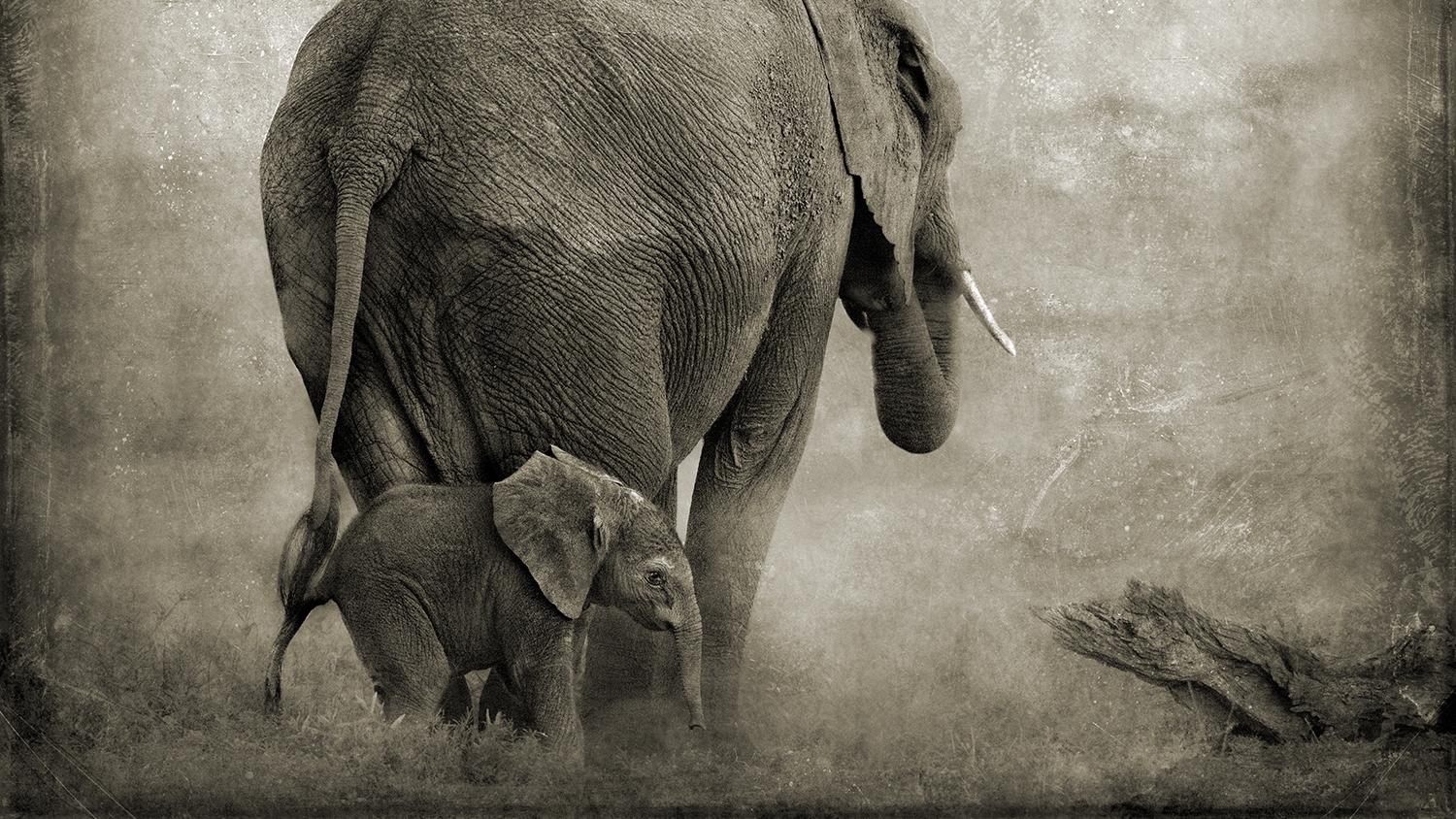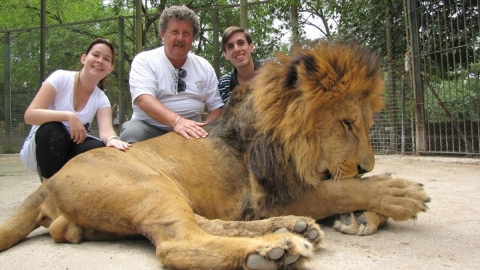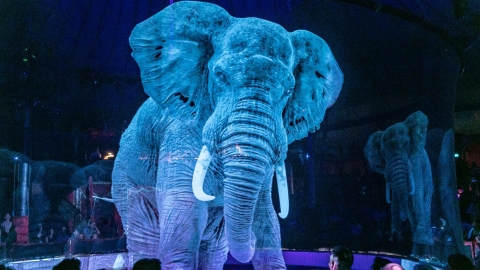In 2017, Ksor Duk - a young man from Gia Lai stood on the stage of Smithfield RSL Club - Sydney (Australia), played the guitar and performed the song"Love the elephant"by musician Van Tuan Anh. The performance helped him win the Excellence Award in the "Viet Song Contest" held in Australia.
Three years later, it was still Ksor Duk and that voice that touched Nguyen Viet Hung's heart (Hung Lekima) - a photographer, an environmental activist, on his return to the Central Highlands mountains and forests. The song and lyrics simultaneously urged him, once again, to speak out and call on the community to love the elephants.
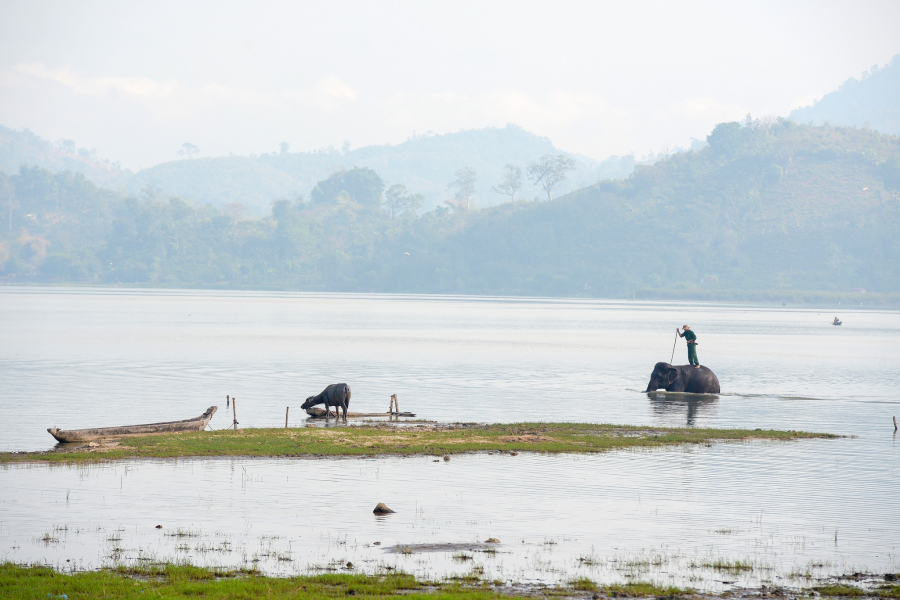
Photo: Nguyen Viet Hung
Elephants have no tusks or tails.
Since ancient times, elephant tail hair has always been believed to have the ability to ward off evil spirits and bring blessings to its owner, while elephant tusks are considered a talisman that can restore health and increase power. Over thousands of years, these beliefs have been increasingly reinforced, which means that the hunting and killing of wild elephants for tusks and tail hair is increasing. To survive, wild elephants must accelerate their evolution in an unbelievable way. If in the past, the number of female elephants born without tusks in Africa was only 2-4%, now that number has reached more than 30%.

Pictures of tuskless African elephants
Similarly, Asian elephants found in the wild are always found with tails that are drooping or even with tails that are stubbly. Domesticated elephants kept in homes or tourist areas are also not immune to losing tusks and tails. Usually, when thieves forcefully pluck their tails or saw off their tusks, elephants do not stand still but will fight back, injuring other parts of their bodies. Therefore, the mahouts or elephant owners must personally saw off the tusks and tails of the animals they always respect to ensure their safety.

Tailless elephants
If this phenomenon continues and spreads, one day people may only be able to admire elephant tusks and tail hair in museums.
Elephants may disappear completely in Vietnam.
The Asian elephant is one of three remaining elephant species on Earth. They are classified as Endangered (EN) on the IUCN Red List with an alarming risk of extinction. According to a report by the International Fund for Conservation of Nature in Vietnam in March 2015, the number of elephants in the entire territory of Vietnam is estimated to be about 100-120 individuals. On average, at least 4 wild elephants are killed or have accidents each year, so by 2020, it is very likely that the number of elephants will only be about 80-100.
These elephant herds mostly live separately in small populations with an uneven ratio of males to females, and an age structure that does not ensure long-term development. Therefore, wild Asian elephants are threatened with complete disappearance in Vietnam in the near future.
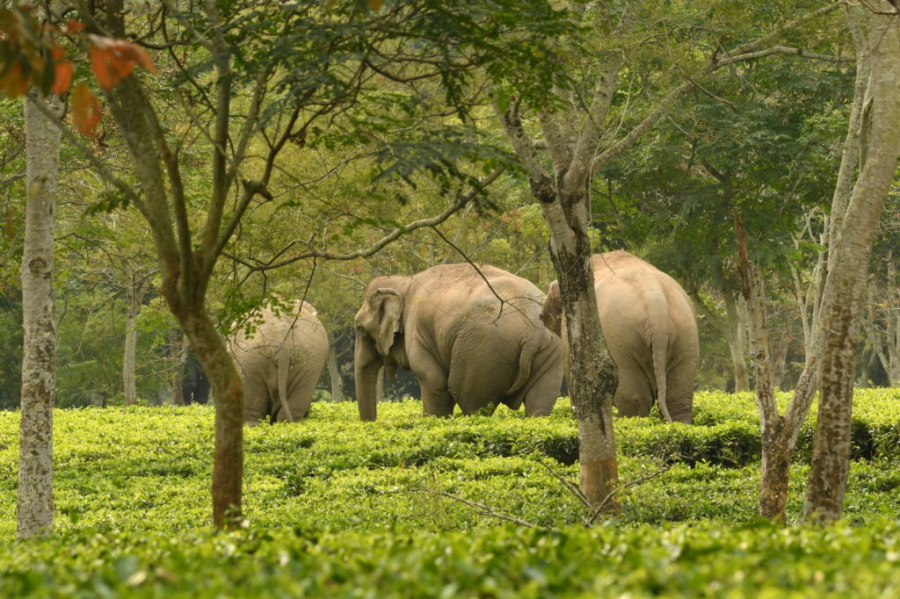
The remaining Vietnamese elephants
To prevent this extinction, in addition to breeding elephants and preventing illegal hunting, what needs to be done right now is to limit the encroachment on their habitat to the maximum extent. On average, an adult elephant consumes more than 100 kg of leaves and 160-300 liters of water per day. However, the forest area is increasingly shrinking, rivers and lakes are becoming more polluted, food and water sources for elephants are not guaranteed, leading to a reduction in the life expectancy of elephants, causing them to slowly die, just like in Ksor Duk's song.
Long ago, on the mountain, the elephants played happily.
Years ago, birds still came back here
The body is covered with painful scars - the elephant wanders forever in search of the distant green.
Where the river is cool and clear, where the nature is, where the heart is peaceful
On the treeless hillside, the clouds stopped flying, the elephant's body fell beside the dry stream.
Pity the beloved elephants, where are they going, the distant gods are sad

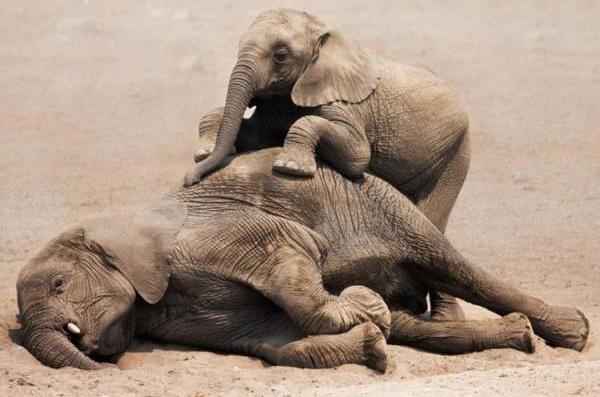
Not only wild elephants, domesticated elephants are also at risk of disappearing at the same rate, or even earlier. According to the Dak Lak Elephant Conservation Center, the province currently has about 40 domesticated elephants, of which nearly half are old elephants over 40 years old, no longer able to reproduce. Meanwhile, in 1980, the province had 500 domesticated elephants, most of which were healthy. What led to this serious decline?
According to a representative of the Animals Asia organization, the abuse of elephants as mounts in tourism has caused their health and reproductive capacity to decline. If this situation continues for more than 10 years, domestic elephants will certainly disappear.
Be a good tourist
Photographer Nguyen Viet Hung calls on everyone, from now on, when visiting national parks to actively respond to the campaign "Humane tourism without riding elephants". Instead of sitting on the back of an elephant, we can choose to cycle, visit the dipterocarp forest, watch these giant creatures freely play, search for food, live in herds... Surely those experiences will be more interesting, more natural and only in that way can we observe the real life of elephants - instead of considering them as a means of transportation or entertainment.
This campaign has had initial positive results, as the labor pressure on domesticated elephants has been somewhat reduced. In 2019, two female elephants, P'Lú (60 years old) and Bun Kon (37 years old), were brought to Yok Don National Park to freely forage and live.

Elephants are happy living in the wild
Hopefully in the future, other domesticated elephants will also be relocated to a suitable habitat. The elephants will become as brave as they once were, and when singing about their homeland, Ksor Duk will stop sobbing: “Who ate the elephant’s tusk?”





